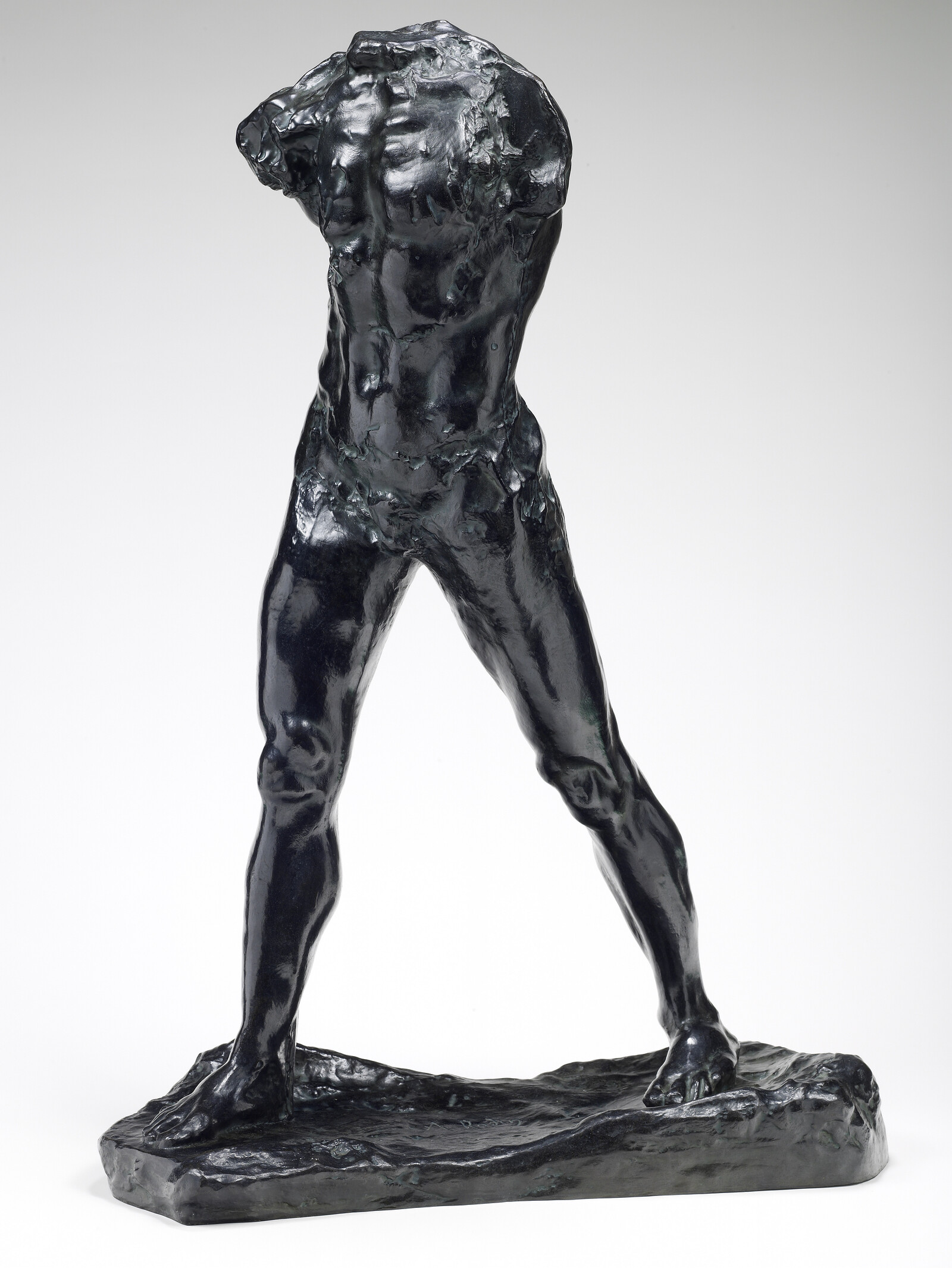September 21, 2019–January 26, 2020
Bismarckstraße 11-15
66111 Saarbrücken
Germany
Hours: Tuesday–Saturday 10am–6pm,
Wednesday 10am–8pm
T +49 681 9964234
F +49 681 9964248
service@saarlandmuseum.de
For the first time on a broad basis, the exhibition of the Modern Gallery of the Saarlandmuseum in Saarbrucken will show the work of Bruce Nauman and Auguste Rodin in parallel. In visual dialogues it will confront c. 140 selected works by these two exceptional artists: sculptures, works on paper, installations, neons and video works as well as photographs. The exhibition will include numerous major works as well as pieces that have been seen rarely or never before. The loans will come from important public and private collections in Germany, France, Switzerland, Belgium, and the Netherlands. The main lender of Auguste Rodin’s works is the Musée Rodin, Paris.
Auguste Rodin (born 1840 in Paris, died 1917 in Meudon) and Bruce Nauman (born 1941 in Fort Wayne/Indiana, lives and works in Galisteo/New Mexico) are separated by a century. However, they are closely connected by the fact that they both pursued an innovative and radical approach. They have radically changed not only artistic practice but also our general notion of art. Their artistic concerns and strategies are surprisingly close to one another. What they have in common, in particular, is an elementary indifference to prevailing ideas of beauty, as well as to craftsmanship and perfection. Rather, to take up a phrase by Anatole France aimed at Rodin, both artists cultivate the “collaboration with catastrophes”: in their work construction and deconstruction (if not destruction) go hand in hand. They conceive their art as fundamentally processual and its impetus as unfinishable.
The exhibition revolves around the leitmotifs body, psyche, space and fragment. Moreover, it examines the role of the studio in the creative process. Pivotal to both Bruce Nauman and Auguste Rodin is the analysis of the body, which sometimes leads to irritating formal solutions. At the same time, they devote themselves intensively to the emotions and psychological conflicts that drive and block human action: Both address the issue of space, which they perceive as existentially charged and at the same time shape with determination, especially in works which are destined for public places. And if Rodin’s most important legacy for the art of future generations is his way of redefining torso and fragment, Nauman’s special position in contemporary art is not least based on how he uses fragments and leftovers, while pursuing his conceptual approach.
The exhibition is accompanied by a catalogue with contributions by Roland Mönig, Hélène Pinet (Musée Rodin, Paris), Isabel Friedli (Schaulager Basel) and Kathrin Elvers-Švamberk.
The exhibition is organized with the scientific support of the Musée Rodin, Paris.

